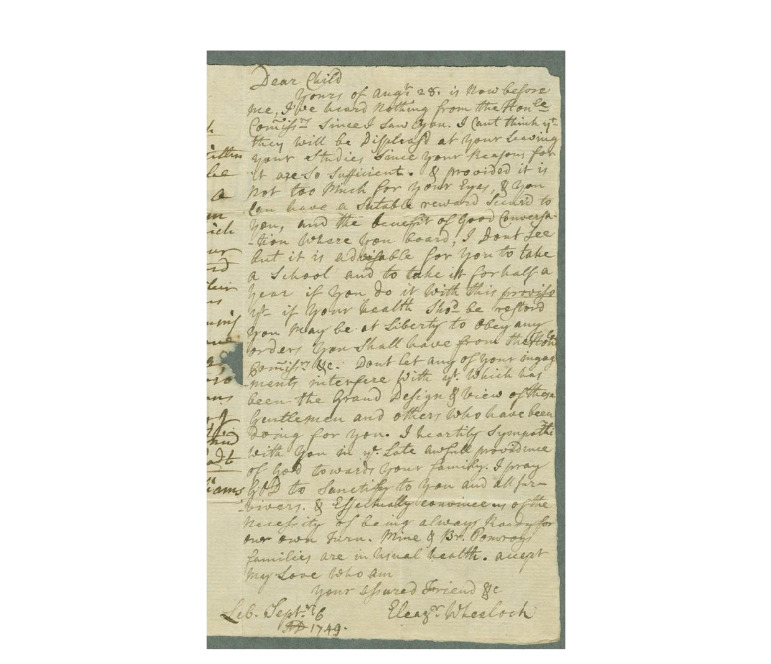What Is a Digital Collection?
A digital collection is a group of items -- such as images, texts, audio files, video files, etc -- that have been digitized from another format or that have been "born digital." A digital collection has robust metadata for each item and is optimized for reuse in research, teaching, and learning.
Examples of digital collections at the Dartmouth Library:
- The Occom Circle -- Documents by and about Samson Occom (Mohegan, 1727-1792), author, minister, missionary, intertribal leader, public intellectual, and fundraiser for the institution that would become Dartmouth College.
- Down to the Countryside Movement -- Unique collection of memoirs, photographs, correspondence, and other primary sources from China’s former Rusticated Youth (1968-1978).
- Hanover, New Hampshire Maps -- Maps of Hanover, New Hampshire, and Dartmouth College, circa 1700 to 1923.
Examples of digital collections at other libraries:
- Alexander Hamilton Papers at the Library of Congress -- The papers of Alexander Hamilton (ca. 1757-1804), first treasury secretary of the United States, including personal and public correspondence, drafts of his writings, and correspondence among members of the Hamilton and Schuyler families.
- Women Working, 1800-1930 at the Harvard Library -- An exploration of women's impact on the economic life of the United States between 1800 and the Great Depression.
- The Buttolph Collection of Menus at the New York Public Library -- American restaurant menus, 1851-1930.

